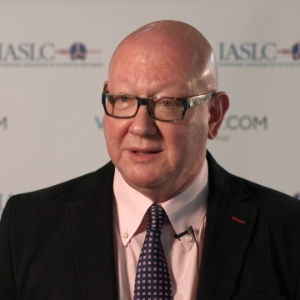Mohs Micrographic Surgery is an advanced surgical technique used to treat certain types of skin cancer, particularly those with high risk of recurrence or located in cosmetically sensitive areas. Named after its inventor, Dr. Frederic Mohs, this procedure involves systematic removal and examination of thin layers of skin tissue, layer by layer, until no cancer cells are detected under the microscope. Mohs surgery offers high cure rates while preserving as much healthy tissue as possible, making it particularly suitable for tumors on the face, ears, nose, and other delicate areas. The procedure is performed under local anesthesia in an outpatient setting, allowing patients to return home the same day. During Mohs surgery, the surgeon acts as both the surgeon and the pathologist, examining each layer of tissue immediately after removal. This real-time analysis ensures precise removal of cancerous cells while sparing healthy tissue, minimizing scarring and maximizing cosmetic outcomes. After complete removal of the tumor, the surgical site may be left to heal naturally or reconstructed using various techniques such as suturing, skin grafts, or flaps, depending on the size and location of the defect. Mohs Micrographic Surgery is considered the gold standard for treating certain types of skin cancer, including basal cell carcinoma, squamous cell carcinoma, and some forms of melanoma. Its high cure rates and tissue-sparing approach make it a preferred option for many patients and dermatologists worldwide.

Irina Sergeeva
Novosibirsk State University, Russian Federation
Dave Ray
Dave Ray Enterprises., United States
George Sulamanidze
Plastic Surgeon at Clinic of Plastic and Aesthetic Surgery and Cosmetology TOTALCharm, Georgia
Sergei A Grando
University of California Irvine, United States
Nino Tsamalaidze
Ltd Karabadini+, Georgia
Lina Petrossian
California University of Science and Medicine, United States
Surajbala Khuraijam
Manipur Health Services, India
Shrutimita Pokhariyal
Symbio, India
Yasser Mohammed Hassanain Elsayed
Egyptian Ministry of Health, Egypt



Title : Paraneoplastic Autoimmune Multiorgan Syndrome or PAMS: Paraneoplastic pemphigus revisited
Sergei A Grando, University of California Irvine, United States
Title : Modern non-invasive methods for in vivo assessment of skin
Georgios N Stamatas, SGS, France
Title : Personalized and precision dermatology through the view of biodesign-inspired translational & data-driven applications: Revolutionary skin treatments for every concern in clinical dermatology integrating skin care experts and consumers
Sergey Suchkov, N.D. Zelinskii Institute for Organic Chemistry of the Russian Academy of Sciences, Russian Federation
Title : The next generation of threads: Lifting, volumization, and biostimulation in one powerful triple action
George Sulamanidze, Plastic Surgeon at Clinic of Plastic and Aesthetic Surgery and Cosmetology TOTALCharm, Georgia
Title : Lymphoproliferative diseases in the practice of a dermatologist
Irina Sergeeva, Novosibirsk State University, Russian Federation
Title : Comparative efficacy of omalizumab and dupilumab in children with Chronic Spontaneous Urticaria (CSU): A retrospective cohort analysis
Molynna Nguyen, University of Toledo, United States
Title : "Mirror mirror on the skin” — A low-cost community strategy to reduce melanoma disparities in Washington, D.C.
Kayla Sampson, Georgetown University School of Medicine, United States
Title : Vitiligo: Not just an aesthetic disorder
Mateja Starbek Zorko, University Medical centre Ljubljana, Slovenia
Title : Personalized and Precision Medicine as a unique avenue to have the healthcare model renewed to secure the national biosafety: Advanced skincare solutions in individualized cosmetology, reconstructive plastic surgery and the modern beauty
Sergey Suchkov, N.D. Zelinskii Institute for Organic Chemistry of the Russian Academy of Sciences, Russian Federation
Title : Efficacy and safety of CE ferulic and resveratrol serums after fractional CO? laser: A split-face controlled trial
Yu Shi, Shanghai Skin Disease Hospital, China